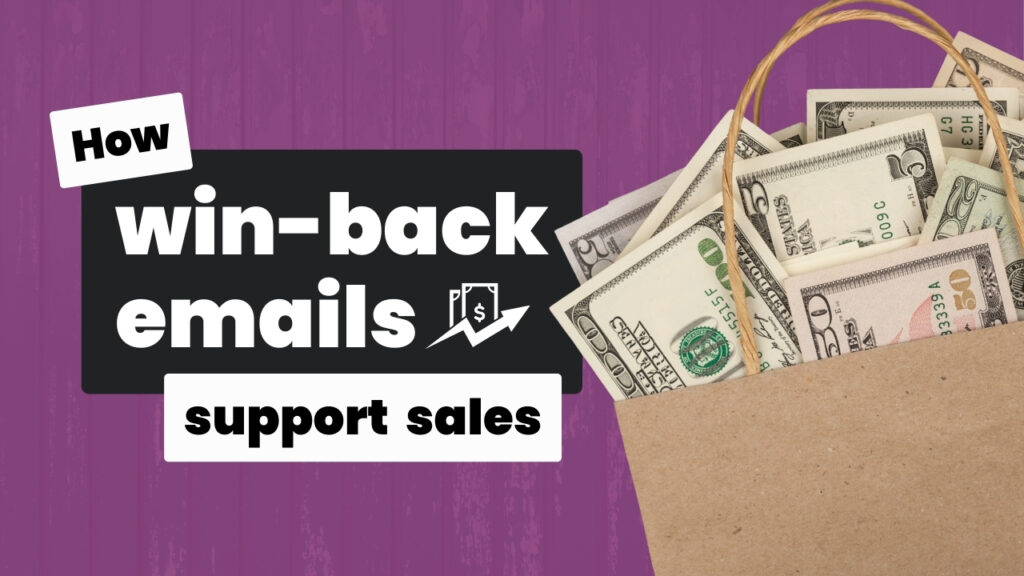Because copy doesn’t exist in a vacuum and a copywriter doesn’t control e-v-e-r-y-t-h-i-n-g.
Transcript:
Don’t hire that copywriter until they answer this question: “Are conditions favorable for us to see results?”
It’s Paige here from The Impact Copywriter. And I’m a conversion copywriter that helps founders and marketers run higher-converting marketing campaigns by focusing specifically on the marketing messages they use to reach and convert their ideal buyers.
(We also call it the copy.)
Part of the early conversation that I have with potential clients is around the effectiveness of the work that we’ll do together. Because the answer that I’m really wanting to get to is:
Are conditions favorable given what this client has, where their marketing is all the different pieces that they have in place already, are their conditions favorable for the work I do to produce results in their business?
Because the reality is copywriting (or any messaging) doesn’t exist in a vacuum. It’s embedded in part of a larger system that is influenced (depending on what type of copy you’re going to be working on and the type of project that you’re coming to the copywriter for) it’s going to be influenced by other factors that the copywriter may not control.
It’s best to illustrate this with some examples.
From my own experiences, when a client comes to me and they want to work on a sales page we have to have a conversation about the earlier part of the funnel. Right? A sales page is bottom of is a bottom-of-the-funnel asset, which means that whatever happens earlier in the funnel is going to influence the performance of that sales page.
If we’re talking about a sales page, I’m going to want to know:
- What does the rest of the funnel look like?
- How do you plan to promote this product?
In many cases, I like to talk about traffic because traffic is not something that I solve for (at least not during the recording of this video). And, so, if I talk to a client and they don’t have a traffic source either paid or organic or a mix, then I like to highlight that as a big risk to the project.
Why? Because even if I’m working on, let’s say, a nurturing email sequence and a sales page, which is a huge part of any funnel or launch, you know… beyond writing copy for ads, I don’t actually set up the ad strategy, manage the ad set up, the audiences… if we’re talking about Facebook ads, for example, and so I don’t offer that as a service (that’s a specialty in and of itself).
But the traffic sources heavily influence whether or not the copy that comes after it is going to perform.
- Can you reach your ideal buyers on paid media platforms?
Because if you can’t, it doesn’t matter how great the messaging is later in the funnel. No one’s ever going to get there for it to do anything for you.
When I talk to clients a lot of times I like to ask questions like:
- Do we have product-market fit?
If you’re an earlier-stage business or a startup business and you have some early test sales then we can reasonably say we, at least, have some degree of product-market fit because some people are purchasing.
If you’re breaking into a brand-new customer segment product-market fit kind o goes out the window. To some extent, you can judge based on whether or not there are competing products also serving this market. Then we can say there is potential for product-market fit.
One thing I do want to highlight, though, is that a big component of product-market fit is your pricing structure, your pricing model. And if you have product-market fit but then you completely change your pricing model, it can affect the response that your market has to that product.
I’ve seen it happen in real life where a client completely changed the pricing model after they had test sales. And when we launched our campaign with the new pricing model, the market reacted in a negative way to that pricing model.
So naturally, we had performance problems, but it was in large part due to the new model affecting the fit between the audience and the product. So just keep that in mind.
I also like to ask questions like:
- What does your promotion strategy look like?
That’s where I’m trying to suss out how you plan to drive traffic or if you have traffic sources that we’re going to be tapping into.
For example, if someone has an email list I want to know:
- What’s the size of that email list?
- What’s your average open rate?
(Because you could have 50,000 email subscribers but if only 10% of those open your emails, that’s really the number of leads that you’re looking at.)
- How many subscribers join your list every month? What’s the average growth rate of that list?
For example, if someone told me they had a 50,000-subscriber list, but they bought the list a year ago and haven’t had any new subscribers join in the last six months, this list is likely to be stale, and we would want to explore a project for warming up the list to figure out who’s still a lead.
It’s not enough to ask do you have an email list.
We also have to know about the growth, how active subscribers are, how engaged they, if they’re opening your emails, how often you message them, and things of that nature.
In terms of paid media, I like to ask questions like:
- How are you going to drive traffic if you’re not relying on organic?
- Or if you’re planning to use paid media, where is that going to come from?
Do you have experience running ad campaigns on this platform to this audience? Have you seen
results from those campaigns?
And if you’re not doing in-house paid media and you’re hiring a contractor, then I want to know:
- Have you worked with this contractor before?
- Have they brought you results?
- Or Is this a brand-new relationship?
Why? Because I have worked with clients who worked with new contractors on the paid media side and
the contractors weren’t able to ruin campaigns that send enough traffic to the assets that we had developed. So, until we get quality traffic to the sales page, we can’t really measure performance.
Another question specifically for service providers is around capacity.
- How many new clients could you take on?
I worked with a client years ago where we had a really successful campaign. It brought in, I think it was, 131 new clients in 30 days. Two months after launching that campaign, the CEO reached out to me and said they had to shut it down. They generated so much work on the backend that fulfillment was over capacity, and they needed time to catch up.
That’s actually a great position to be in because it means that you’re in a position to hire and expand your capacity, but it matters from a conversion or an ROI standpoint when evaluating the investment and how much you can actually make from it given the capacity that you have.
The more limited your capacity, the more it needs to factor into the question that we’re trying to answer:
Are conditions favorable to see results?
Or we could even modify it to say:
Are conditions favorable to see enough results that we’re happy with the ROI?
Capacity limits can influence that in a major way.
Okay, this is, by far, not an exhaustive list of everything I ask, and the questions I do ask depend on what the business does, i.e. a service provider versus an online course business.
It also depends on what marketing elements they have in place. If they have an email list, then I’m going to ask a bunch of email list questions. If they’re planning to use paid media, then I have advertising questions.
Answering this “favorable conditions” question requires the person you’re working with to understand the context in which their work is embedded. And that takes experience.
What I want you to realize based on everything that I’m sharing today is that the person that you’re interviewing or engaging with should be collecting the data they need to answer this question.
This should be part of the conversation you’re having.
Because the results that we get from our work together should be a win-win scenario.
I collect the data I need to figure out: well, do we have enough evidence to suggest that this will be a win-win scenario?
If not, or if there are things that risk the potential for results, like the traffic scenario I mentioned or problems in buying email lists and not doing your own list building, we want to highlight those risks.
“So these are the risks to the project. If this isn’t fine-tuned, if this isn’t locked down, if this isn’t dialed in, then it’s going to affect the work that I do. And you may not see the results that we want to see because of these other factors…”
If the person that you are engaging with is not having this conversation with you, I encourage you to ask:
“Are the conditions favorable for us to see results from this work?”
The answer you get will help you determine whether or not this is the person you should be working with.
If you’d like to partner with a conversion copywriter who does have this conversation earlier on in the process and is very honest and clear about whether or not you are set up to see results from the work that we do together (based on other factors that influence that work and other factors that are part of your marketing program or your business strategy), we should chat.


